The idiom "worse for the wear" is one which intimates that somethings is in poor physical condition due to long use. And it's what happens to coins when they become old - they begin to resemble the appearance of a beggar - having experienced a lifetime of handouts. They say too much contact with people can leave you feeling worn out, I expect coins feel much the same way. It's hard for me to envision the hard metallic surface of a coin becoming abraded by the soft cells of human tissue, but it happens.
Rock is harder than water, yet consider the smoothness of stones exposed to rushing water for great lengths of time. You've picked one up and felt how slick the surface was, all the high points worn away. So common sense and experience teach us that items - such as coins - become worn down over the course of time. One way to define "worn down" is to be spent. And being spent can cause a coin to become worn down. Kind of a Catch 22, isn't it? The more useful a coin is, the more useless it becomes?
Why would being worn down apply to bullion? Because we don't want to accumulate bullion in forms that provide us with less than the optimal amount we can afford for our money. Silver and gold coins provide a means of protecting our purchasing power. They have long been thought of as a safe haven in this regard. People are flocking to precious metals like a feathered funnel cloud of starlings settling on overhead high-power electrical transmission lines. They will be shocked by how thin their profit will be, if they don't take care to invest wisely.
In other columns I've suggested that one of the cheapest ways to invest in silver bullion is to pick up bags of 90% silver-content coins that were produced by the United States Mint prior to 1965. Anything 1964 and before. These bags are referred to as "junk" silver, implying that they are circulated and not of collectible quality. They are generally sold in "face" amounts, an example being "$100 face value pre-1964 junk silver bag, buy-it-now $1595 or best offer," a listing the type of which you might encounter on ebay.
But this cheap form of entry into the bullion market could prove dear - more expensive than warranted - if you buy the wrong type of junk silver. Put in the simplest of terms, you want new coins, not old. You need to buy Kennedy halves, Washington quarters, and Roosevelt dimes. Because the older coins demonstrate greater wear, you would be getting less bullion for the same amount of money, if those were the ones you bought. Don't believe me? Weigh them and you'll find out. That's what I did. I did some research, and here's what I learned.
I first googled "coin wear" and found - from the Online Library of Liberty - a copy of an old text that confirmed my suspicions. Entitled Money and the Mechanism of Exchange, it was written by William Stanley Jevons, in 1875. Chapter 13, topic three of his book addresses this issue. How much wear does a silver coin experience while in circulation? His findings are pertinent to present day considerations, and I'm quite curious to see if my results will replicate them.
He states "some attention must be given to the abrasion which coins suffer in use... the loss of metal thus occasioned is of importance and leads to a gradual depreciation of the currency. As coins pass frequently from hand to hand, the amount of metal abraded will be nearly the same as regards each coin of the same type, and each year of circulation. The loss will be proportional to length of wear." In other columns I will explore the gradual attenuation of modern day coins, today I'd like to look at the oldest series you're likely to encounter in junk bags.
The Barber series of halves, quarters, and dimes was designed by Charles E. Barber, sixth Chief Engraver of the United States Mint. Production of the coins began in time for their use to begin in 1892. The dime and the quarter ran through 1916, but the fifty cent piece was curtailed in 1915. Plans were in motion to create a half dollar from a new concept. Renowned sculptor Adolf Weinmann won a design competition and was the inspiration behind the genius of the pattern for the Walking Liberty half dollar that followed the Barber in 1916.
We expect that - if we buy a $100 face bag of junk silver - we'll get the 71 1/2 ounces of silver as advertised. Right? But what would we actually get if - paying no heed to factors of wear - we purchased a bag of Barbers? New coins straight from the mint in BU (brilliant uncirculated) condition are deemed to contain 72.3 ounces of pure silver, if it were extracted via smelting. At present, the practice is to assign a value of 71.5 ounces to bags of circulated coins to account for their loss of weight due to wear. But is this accurate? It may not make much difference now, but when silver goes way up, those tenths of ounces will weigh up.
I put my hands on as many Barbers as I could locate and here are my findings. One would surmise that smaller denominations would have the greatest wear. Let's see if this holds true. A freshly minted dime of any design will weigh 2.5 grams. I had 126 Barber dimes and divided them thusly. Three were slicks, with no legible date; features were nearly obscured. I chose to subdivide the remainder into pre-1900, into which category eight fell, and post-1900, which accounted for the remaining 115 coins. As expected, the oldest dimes manifested the greatest wear and, accordingly, represent the greatest amount of silver lost.
The dimes that fell into the 1900 to 1916 range of dates weighed an average of 2.2435 grams. Those dimes dated 1892 to 1899 weighed an average of 2.2 grams. The slicks -for which no date can be determined - weighed an average of 2.13 grams. Cumulatively, these dimes demonstrate a wear factor in excess of ten percent. In toto, they average 2.2381 grams apiece. That means the group as a whole had lost 10.48% of their weight to wear, resulting in a diminution of 7.52 ounces from the date of original minting. We're supposed to get 71.5 oz? We got 64.72!
I followed the same methodology with the quarters. A freshly minted quarter of any design will weight 6.25 grams. 43 quarters dated 1892 to 1899 weighed an average of 5.5256 grams apiece. Nine slicks averaged 5.2889 grams. 152 quarters dated 1900 to 1916 weighed an average of 5.6961. Cumulatively, these quarters demonstrate a wear factor of 9.72%. In toto, the 204 quarters average weight is 5.6422, resulting in a loss of 7.03 ounces from the date of their original minting. We're supposed to get 71.5 oz? We got 65.27!
Finally the halves. A freshly minted half of any design will weigh 12.5 grams. There was only one slick in this bunch, it weighed 11.1 grams. 20 halves dated 1892 to 1899, weighed an average of 11.53 grams. 250 halves dated 1900 to 1915 weighed an average of 11.6544 grams. Cumulatively, these halves demonstrate a wear factor of 6.85%. In toto, the 271 halves average weight is 11.6432 grams, resulting in a loss of 4.95 ounces from the date of their original minting. We're supposed to get 71.5oz? We got 67.35!
I think it's fair to assume these coins represent a fairly reliable approximation of what you would find in a junk bag of circulated Barber coins. No two bags will have the precise numbers as mine, but they should be close. The larger the sample you test, the greater the chance of accuracy. So what were the end results? If we had purchased a $100 face bag of junk Barbers, had they been dimes we would have instantly lost $136.63, quarters $128.58, and halves $90.61. This is a considerable amount of money now, just wait til the silver price increases by multiples.
Why pay this premium? It's 11.7% for dimes, 10.77% for quarters, and 7.35% for halves. When coupled with a hidden tax - the fact that you could be buying Avordupois ounces but paying for troy ounce quoted melt prices - you can wind up paying nearly 20% extra for these coins. You'd have to make a 25% return just to break even. If you're a collector, that's one thing. But it just doesn't make good sense to buy these as bullion. You don't want to hear co-workers whispering behind your back "that fool's got more money than common sense" do you?
The Barbers had a dignified design. The various denominations served the nation well during their use as circulating coinage. I'm not disparaging them in any sense, as can be attested to by my column I Need A Good Barber. But despite their beauty, they are not a worthy vehicle to transport you along the road to riches, if what you seek is a safe haven in silver bullion which can preserve your purchasing power while providing the potential to profit. Don't buy Barbers for their 90% silver bullion content because, if you do, you'll feel worse for the wear.
Buy Silver. Buy Gold. Save Copper. Start Now.



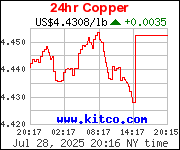


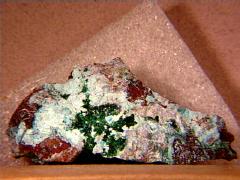

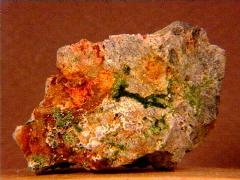
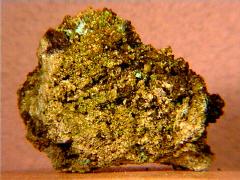
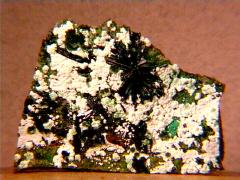
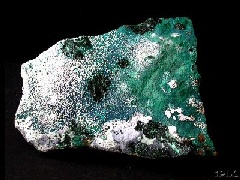


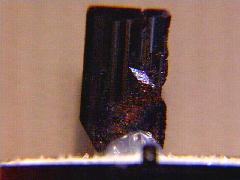
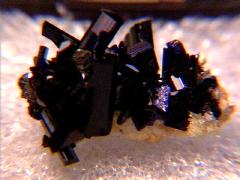
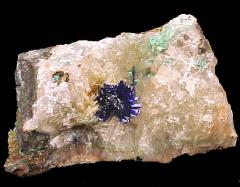


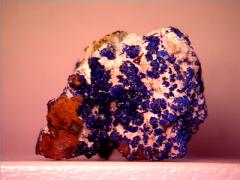






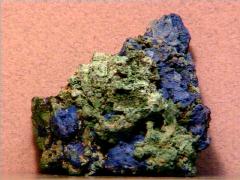

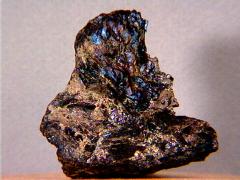




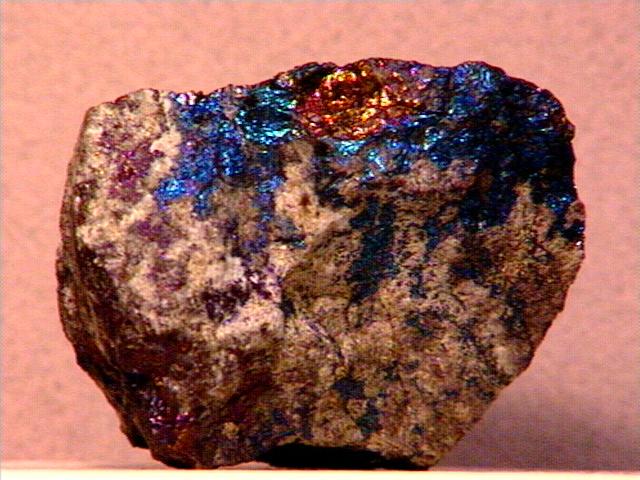


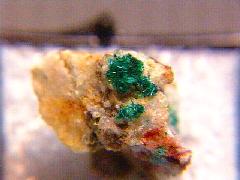
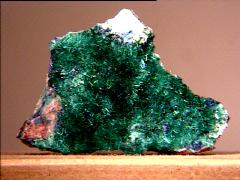






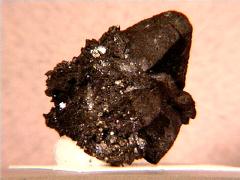
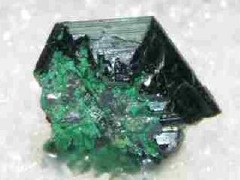
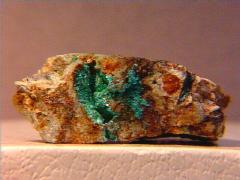

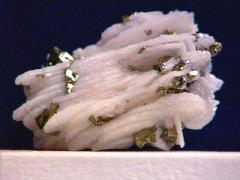
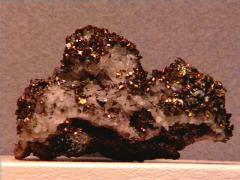

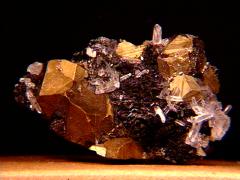
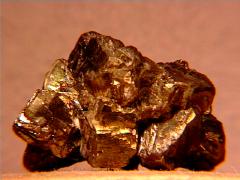




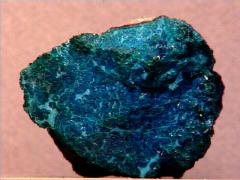
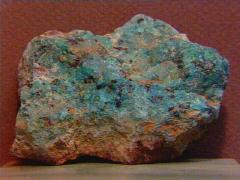


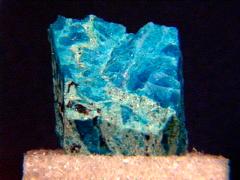
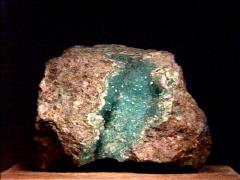
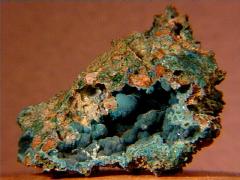
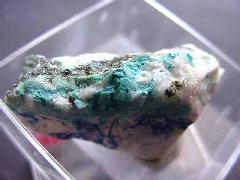
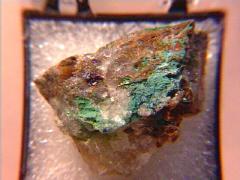

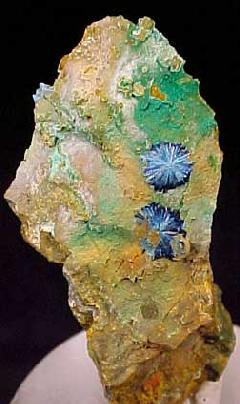
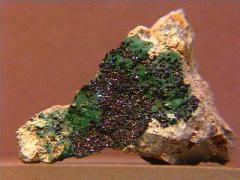

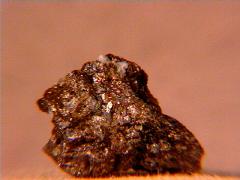
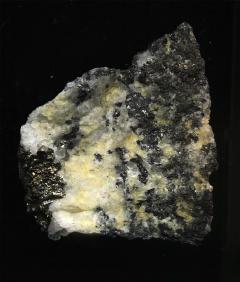



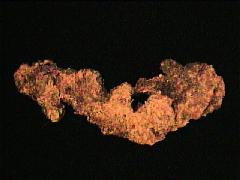


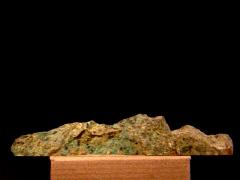



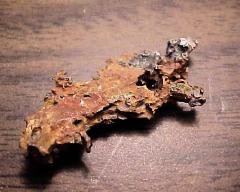
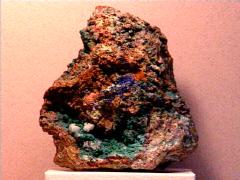


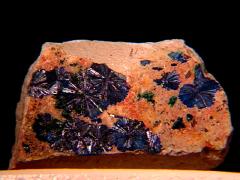
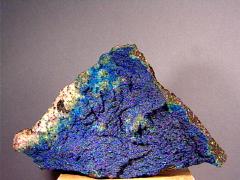

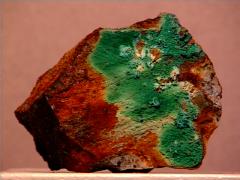


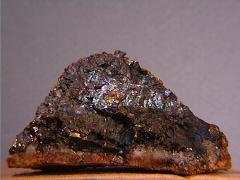
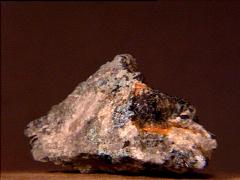


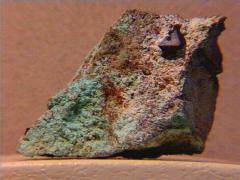


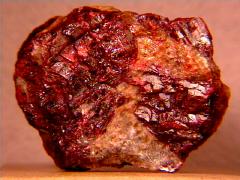
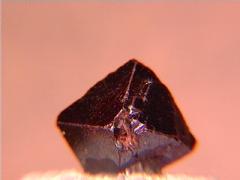

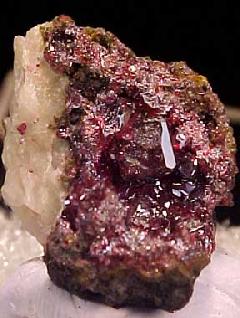


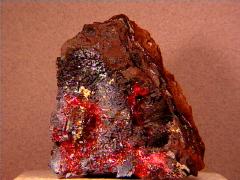


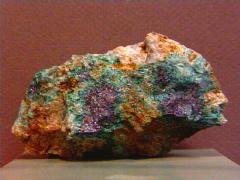

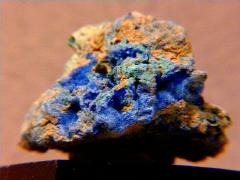

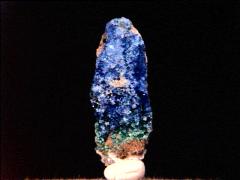




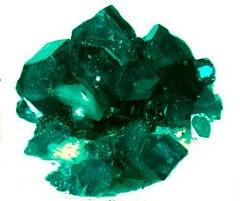



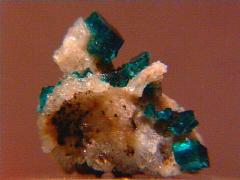








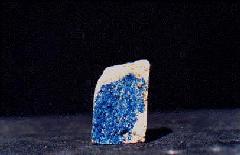


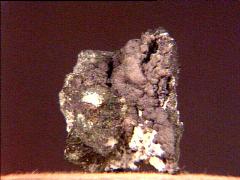
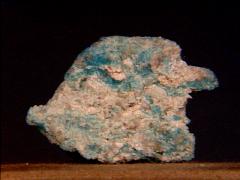
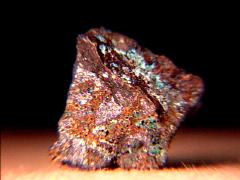





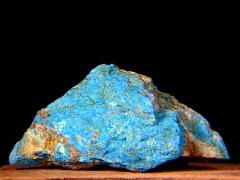

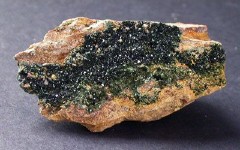


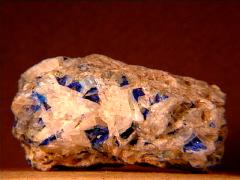
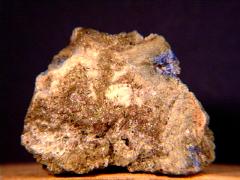


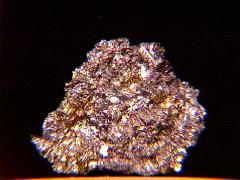
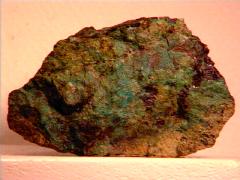
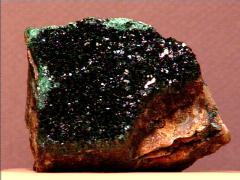
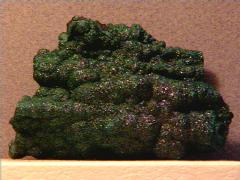




No comments:
Post a Comment